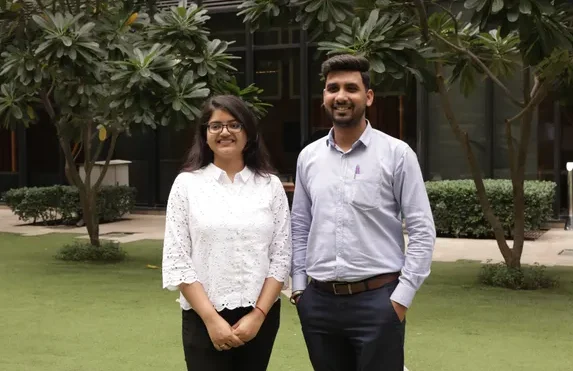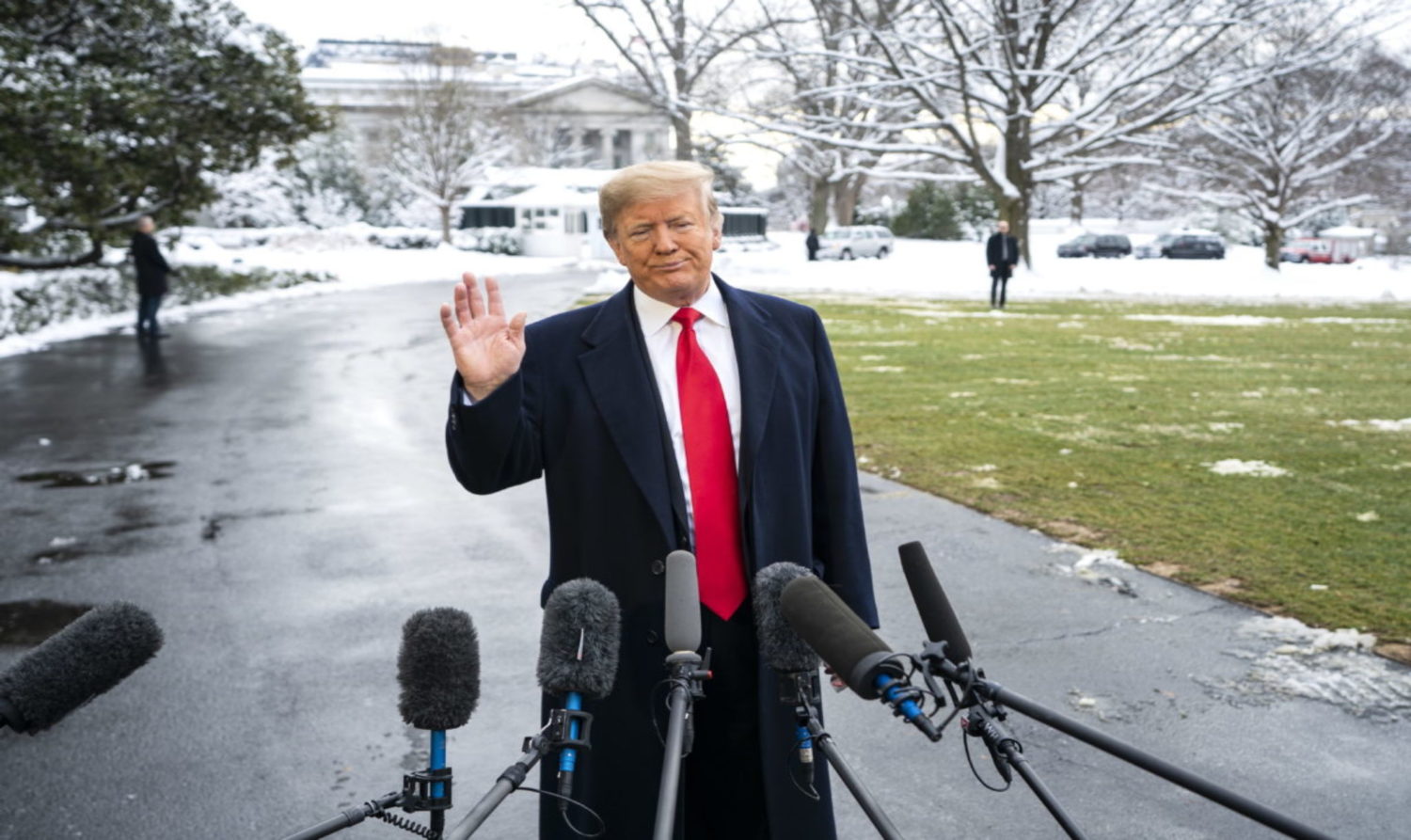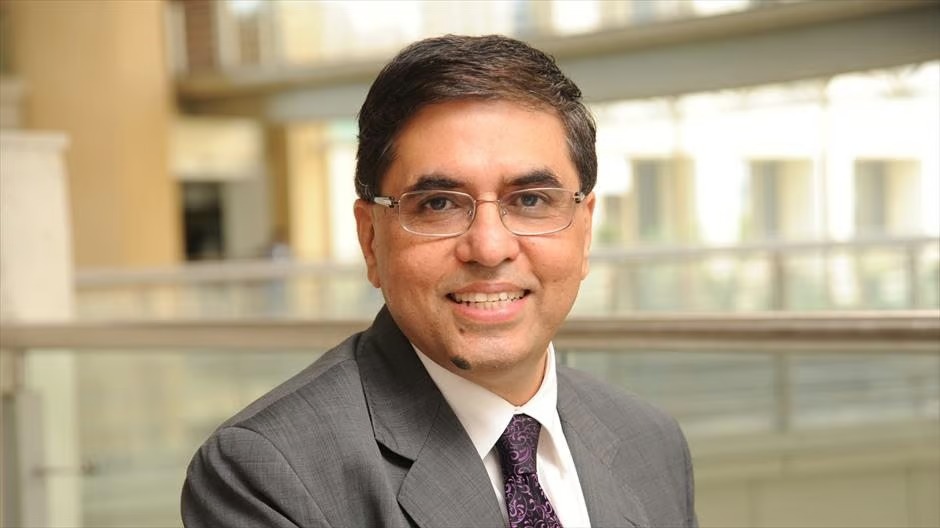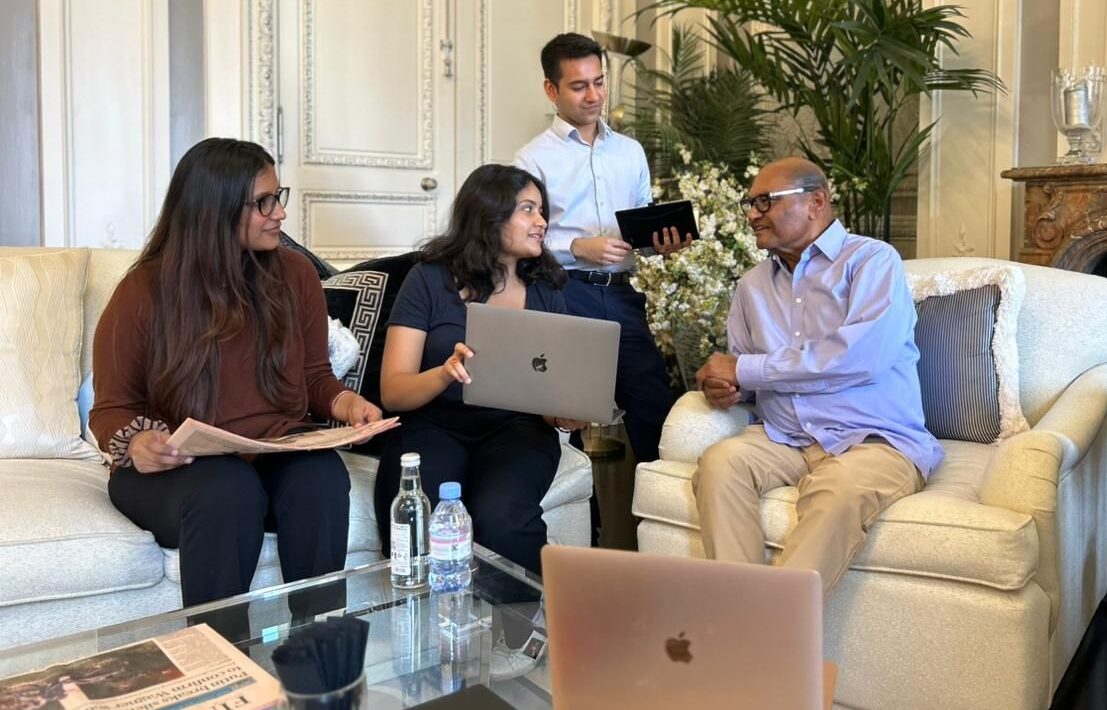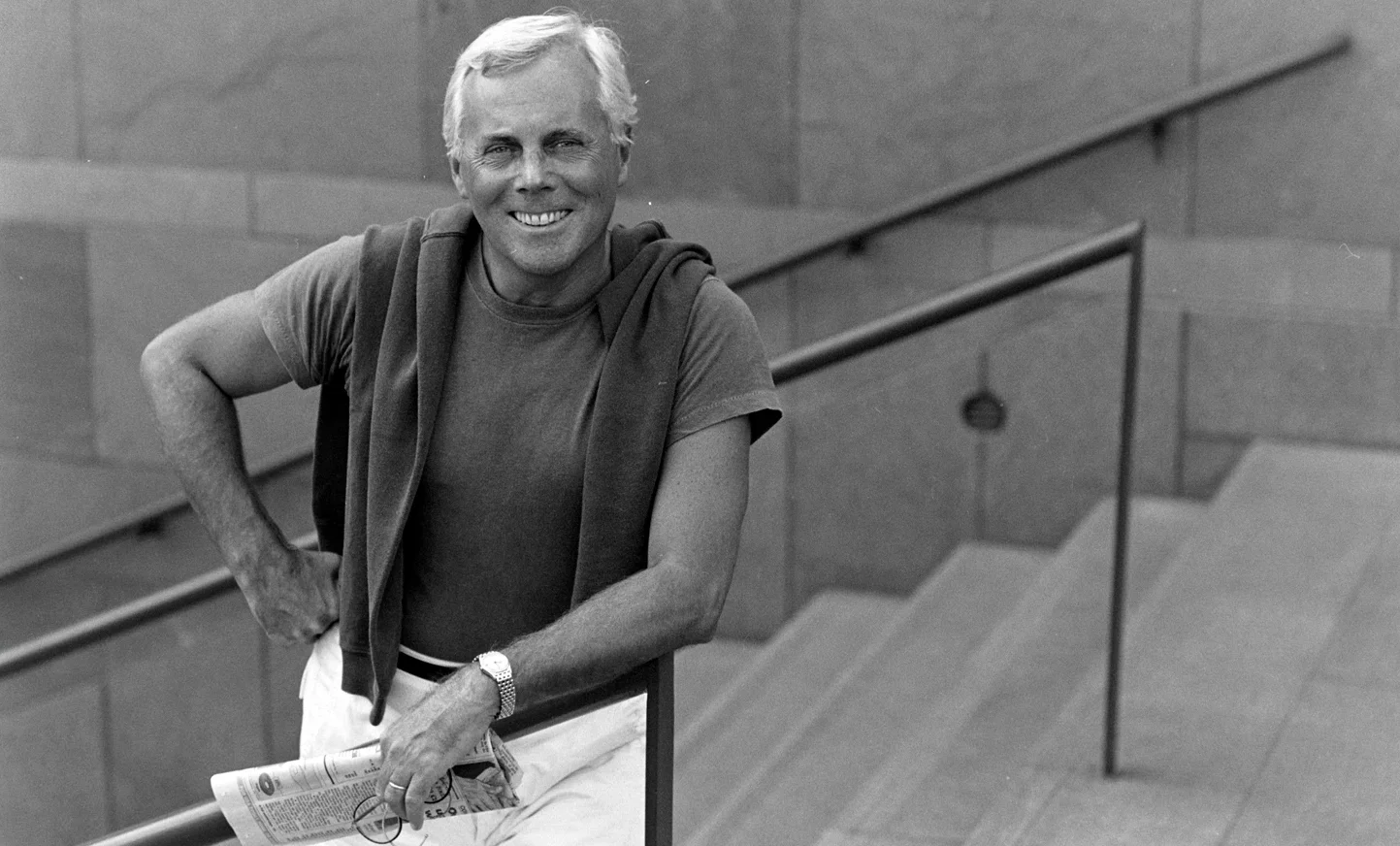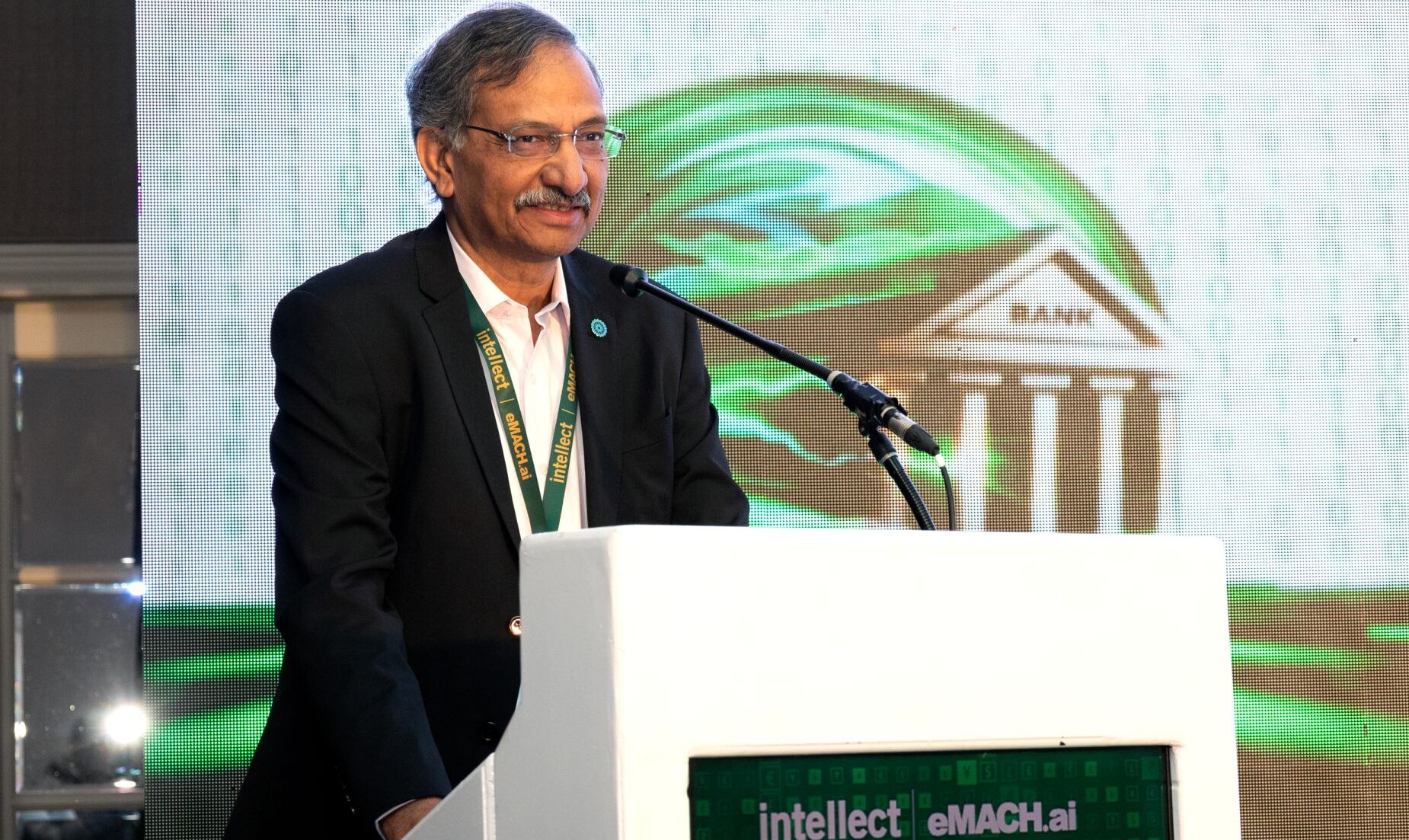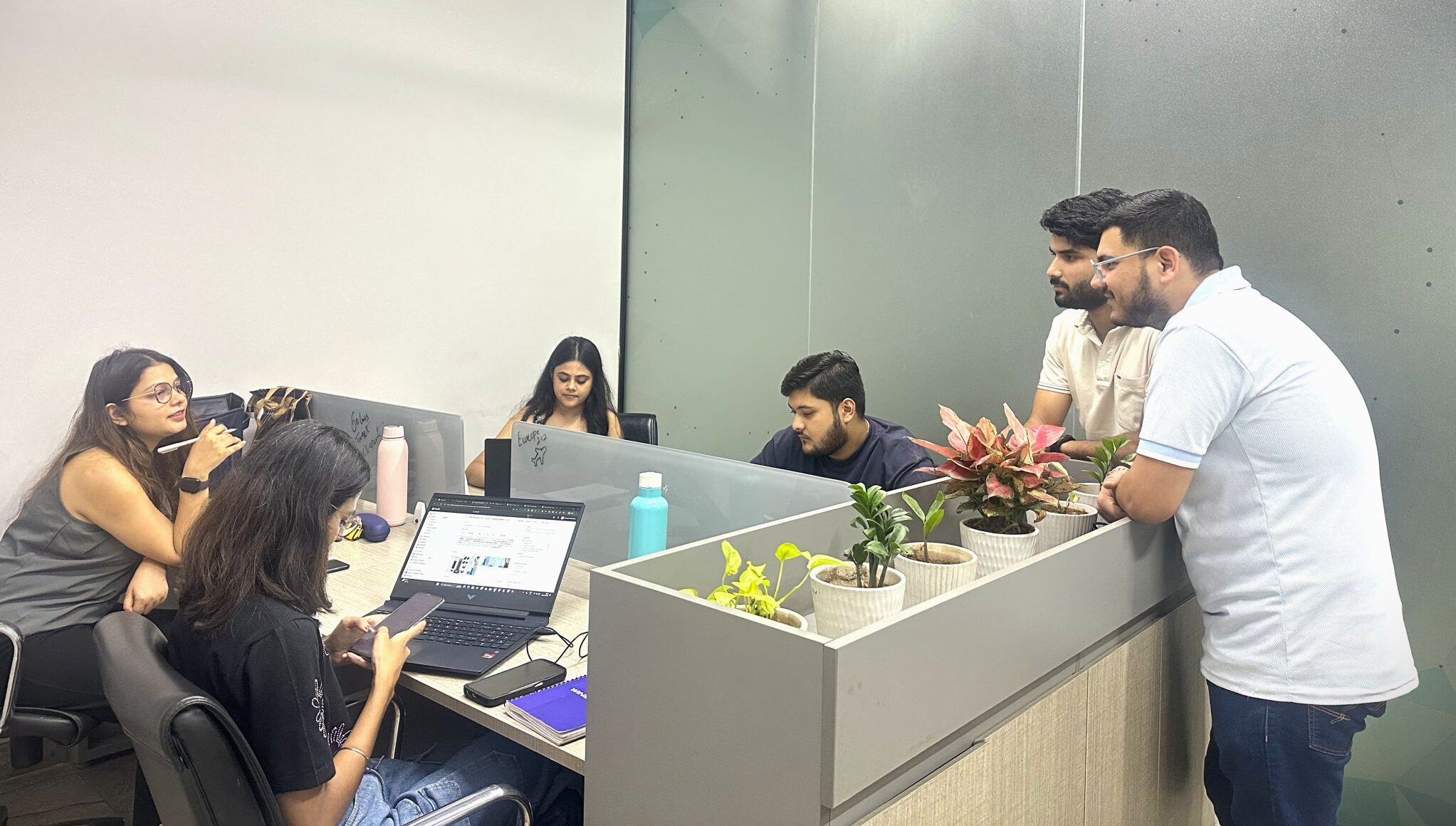As gold prices hover near historic highs amid global economic uncertainty, Vedanta Group chairman Anil Agarwal has made a clarion call for India to reclaim its golden legacy—literally. In a post on social media platform X (formerly Twitter), Agarwal declared it the “best time” for India to revive its dormant gold assets, pointing to the widening gap between the country’s gold imports and its dismal domestic production.
“Gold is going to shine,” Agarwal posted, citing forecasts that project prices soaring beyond $3,000 per ounce. “We have seen it before. Whenever there is great uncertainty in the global economy, gold prices rise to record highs. As the safest investment, gold will shine,” he wrote, striking a tone reminiscent of the “Drill, baby, drill” energy policies of former U.S. President Donald Trump.
Agarwal is worried because India’s massive annual gold import bill of about 800 tonnes contrasts with a paltry one tonne of domestic production. Not only does this undermine India’s trade balance, but it also puts an incredible burden on its foreign exchange reserves. As gold prices are on the rise, the chairman of Vedanta feels that it is economically and strategically crucial for India to change its gear and tap its own reserves.
The Strategic Case for Gold Mining
Citing economic viability, Agarwal argues that high global prices now justify investing in exploration and revitalization of India’s existing gold deposits. Unlike greenfield mining projects that require long gestation periods, tapping into known reserves could yield quicker returns and catalyze growth in mining infrastructure.
“Escalating prices will naturally attract investment towards local mining operations,” he said, urging policymakers and industry stakeholders to streamline regulatory approvals and attract private investment in this crucial sector.
India’s Untapped Potential
Even though they host potentially prospective gold-bearing geology, Indian domestic gold output has struggled in the face of a mix of bureaucratic obstacles, inherited policy matters, and deficiencies in contemporary mining infrastructure. Much of Indian ground covers vast expanse of untouched reserves, it is reported in the discussion in an Economic Times report, as regulatory certainty and investor confidence take hold to turn them into assets.
In contrast, the Reserve Bank of India (RBI) seems to be realizing the strategic importance of gold. In 2024, the central bank purchased 72.6 tonnes of gold, the second-largest purchase since it started purchasing the metal again in 2017. 876.18 tonnes, valued at $66.2 billion, are currently in the RBI’s possession. India is taking these actions to protect itself from potential currency risks and macroeconomic instability, especially in light of the recent policy changes and heightened international tensions following Trump’s political return.
Geopolitics and the Gold Rush
Global economic nerves- from trade uncertainty, revived protectionism, and potential U.S. interest rate cuts—are sending investors to safe-haven assets such as gold. While nations such as Turkey and Poland are moving to speed up their gold buys, India’s central bank also followed suit to hedge the rupee and protect it against dollar-based instability.
Agarwal’s timely intervention highlights a larger nationalistic economic sentiment: India should not be a passive consumer of the world’s resources, but a proactive producer and custodian of its own. His appeal to action is not merely about mining- it’s about rewriting India’s gold story from consumption to production.
A New Chapter for Indian Mining?
Agarwal’s Vedanta has led India’s natural resources industry for years. His recent sales pitch is consistent with the government’s general drive towards self-reliance under the “Atmanirbhar Bharat” umbrella. With an eye on gold, a metal deeply embedded in Indian culture and economics – the industrialist seeks to bridge tradition and national strategic interest.
But optimism alone won’t be enough to make this vision a reality. It will call for significant capital investment, open regulations, public-private partnerships, and systemic policy reform. India might start a new era where it mines gold instead of just wearing it if the government gives clear signals in response.
Also Read: Ambani’s Big AI Leap: Reliance Eyes OpenAI












